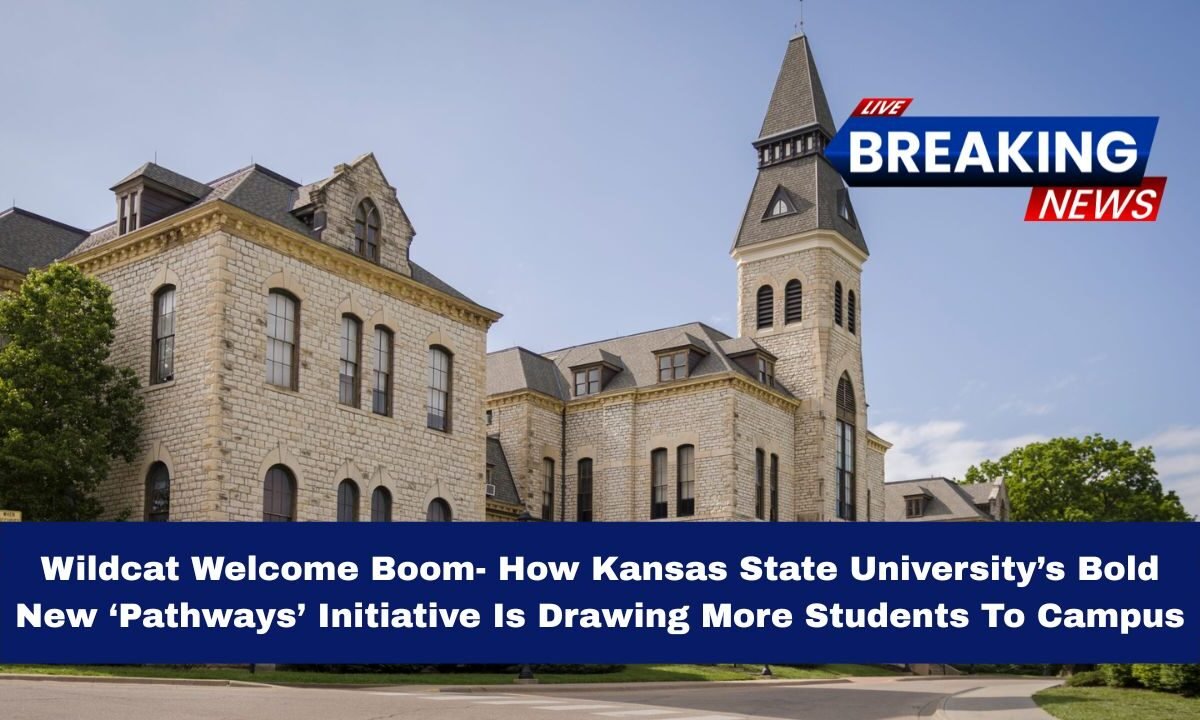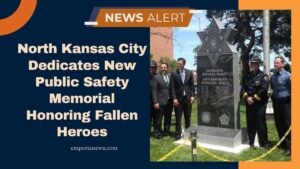Kansas State University (K-State) has rolled out a major new initiative called the “Pathways” program, aimed at encouraging more students to come to campus and pursue bachelor’s degrees.
The program is designed to bring students from two-semester technical-college programs into the full university environment, offering them the chance to live on campus, experience the full college life, and then transfer into K-State as full-time students.
According to Karen Goos, Vice Provost for Enrollment Management at K-State:
“We want to make sure that we’re recruiting graduates to the university, and this is one way to ensure that students have that opportunity.”
Key Facts & Figures
Here are the main details of the initiative in a clear table:
| Detail | Information |
|---|---|
| Name of initiative | Pathways |
| Institution | Kansas State University (K-State) |
| Partner Schools | Manhattan Area Technical College and Salina Area Technical College |
| Duration | Two‐semester programs at the partner tech schools |
| Transfer Requirement | Complete 24 credit hours and earn a 2.0 GPA to transfer into K-State full time |
| Campus Experience Offered | On-campus housing, access to full university life (clubs, health center, events) |
| Primary Goal | Increase student enrollment and retention by offering a smoother path from tech school to bachelor’s degree |
| Strategic Context | Part of K-State’s “Next-Gen K-State” strategic plan which emphasises enrollment growth and student success |
Why This Initiative Matters
The “Pathways” program tackles multiple strategic challenges:
- Expanding access: Students from technical colleges might not initially see a four-year bachelor path as accessible. This program provides a bridge.
- Full campus experience: By giving tech school students the chance to live and participate in campus life, K-State hopes they feel more engaged and committed.
- Retention and graduation: Getting students integrated into the university sooner increases the chances they stay and complete a bachelor’s degree.
- Regional recruitment: By partnering with nearby technical colleges in Manhattan and Salina, K-State strengthens local ties and can recruit from communities that might otherwise be under-represented.
Vice Provost Goos emphasised that the program gives students the chance to say:
“I can go to football games, I can be a part of the health centre … engage in all the activities and groups to make it feel like I’m a part of that college experience and I’m not missing out.”
How the Program Works in Practice
- A student enrolls at one of the partner tech colleges (Manhattan or Salina) and completes a two‐semester “Pathways” program.
- While in the program, the student may live on the K-State campus (or at least be integrated into K-State student life).
- After completing 24 credit hours and attaining at least a 2.0 GPA, the student becomes eligible to transfer full‐time into Kansas State University.
- Once transferred, the student can fully engage with university resources: full curriculum, clubs, athletics, student services.
- K-State gains by increasing its enrollment numbers, diversifying its student body, and strengthening retention pathways.
This model reflects broader university efforts at K-State found in their strategic enrollment and success plans.
Challenges & Opportunities
Opportunities:
- This can attract students who may have felt a full university was unreachable or too costly.
- It provides a clearer, lower-risk route to a four‐year degree, increasing equity.
- Universities that offer these kinds of bridge programs often see improved retention and graduation rates.
Challenges:
- Ensuring a smooth transition so that the “tech college” experience truly mirrors university expectations.
- Maintaining quality of student support so that students stay engaged during their “Pathways” semesters.
- Resource allocation: housing, student life, advising support must scale to handle the increased demand.
- Measuring success: K-State will need to track how many Pathways students transfer, persist, and graduate.
K-State’s “Pathways” initiative is a powerful strategy aimed at boosting student enrollment, increasing access, and strengthening campus life.
By partnering with nearby technical colleges and offering a bridge into full university experience, K-State is tapping into a pool of students who may otherwise bypass a bachelor’s degree.
The integration of on‐campus housing, student life, and a clear credit-transfer mechanism makes the promise concrete and attractive.
If executed well, it could become a model for other universities seeking to increase enrollment and student success in a competitive higher education environment.




